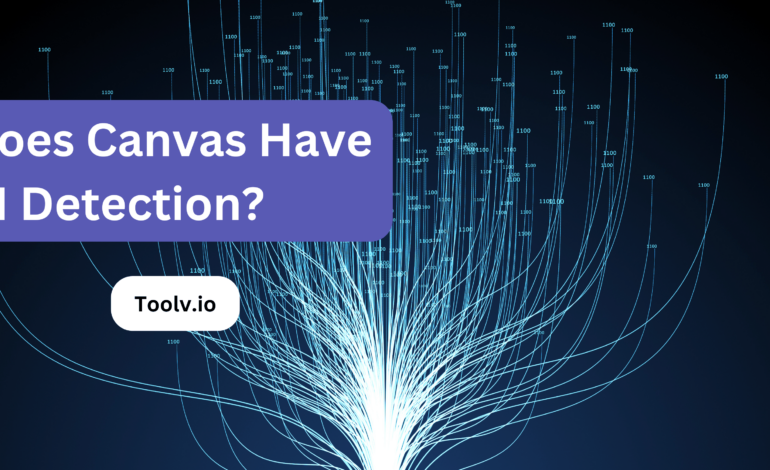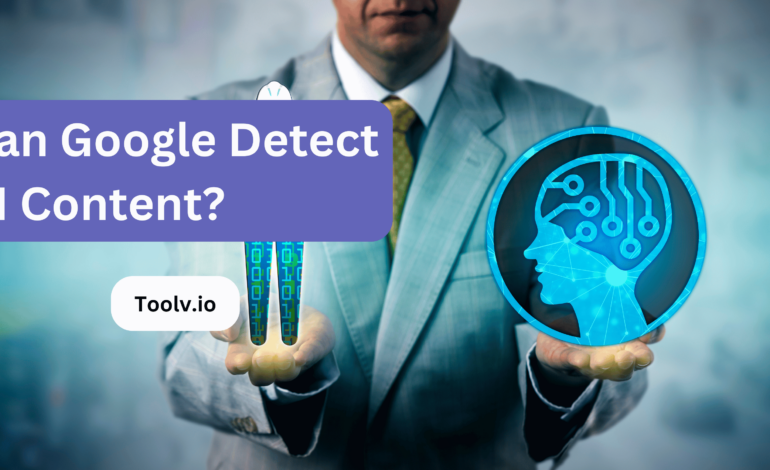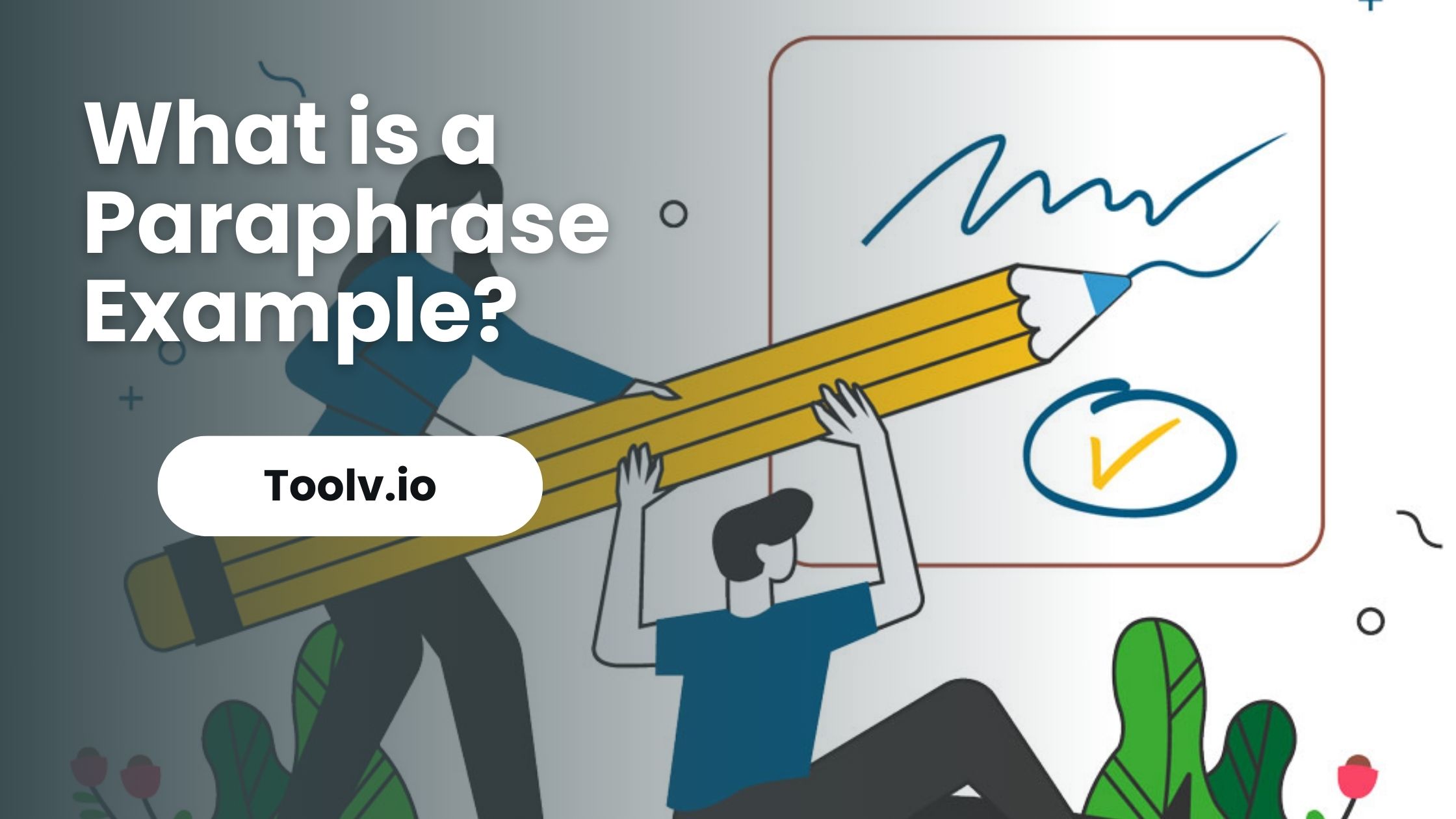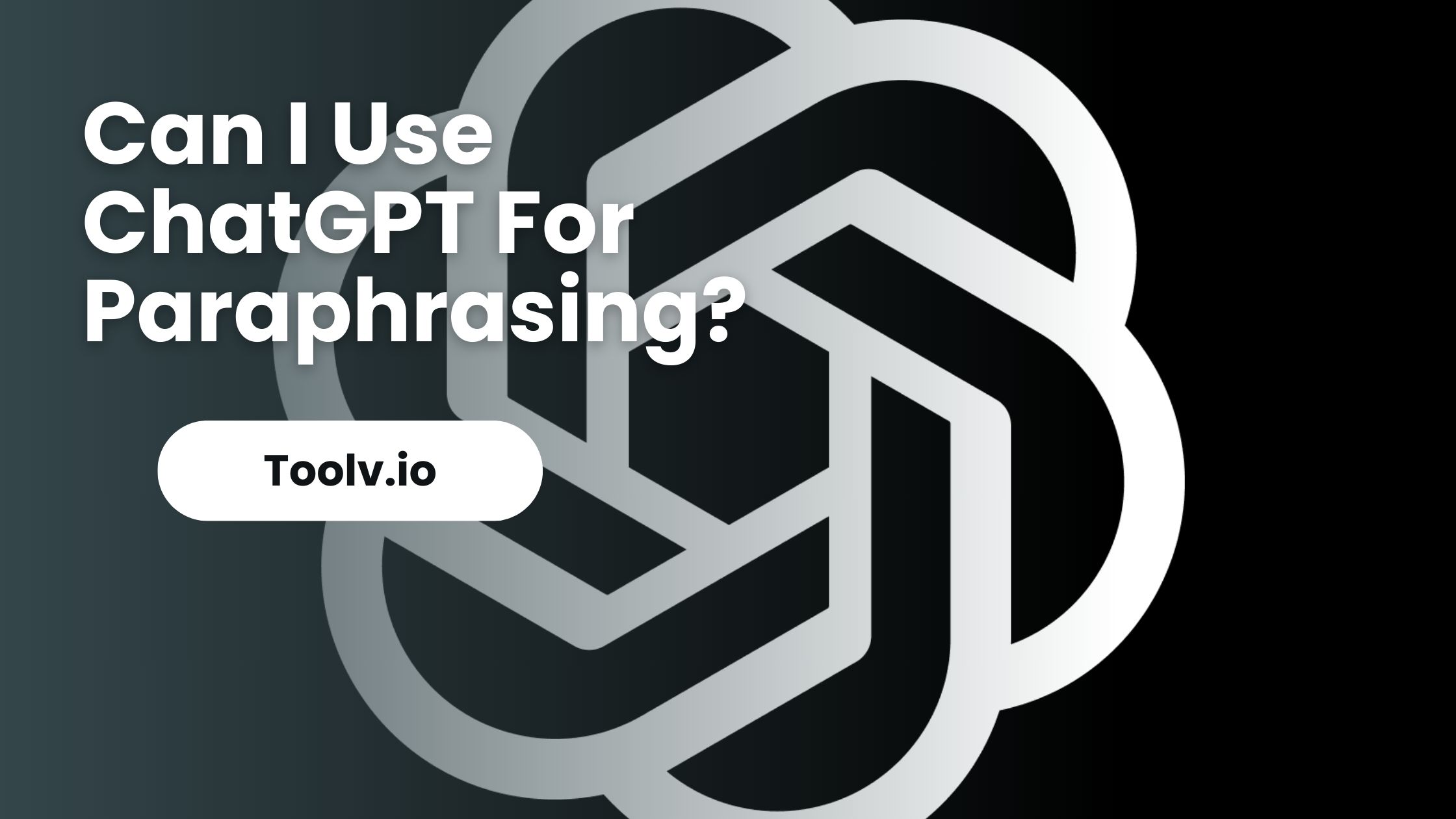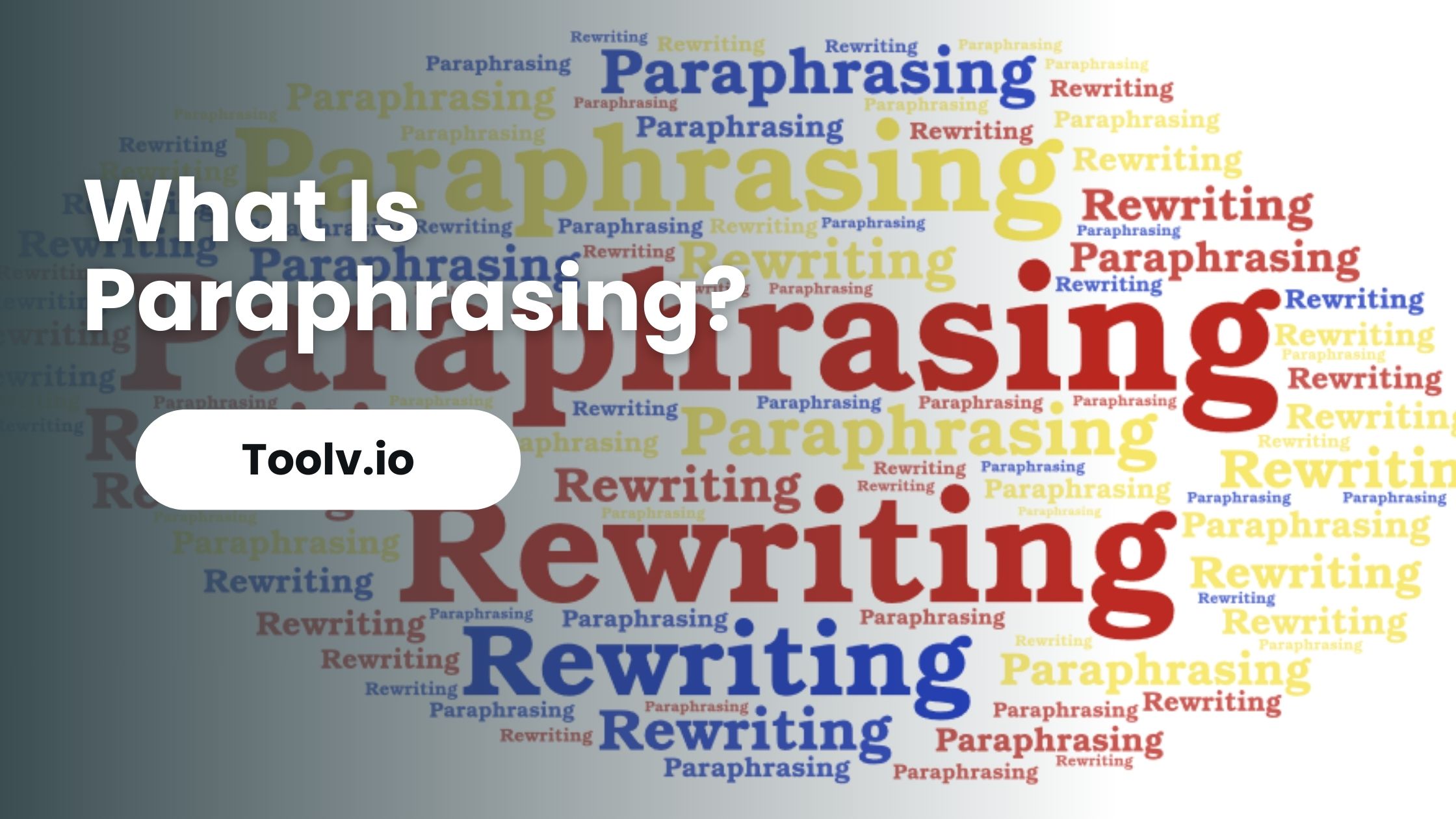How Does AI Detection Work?
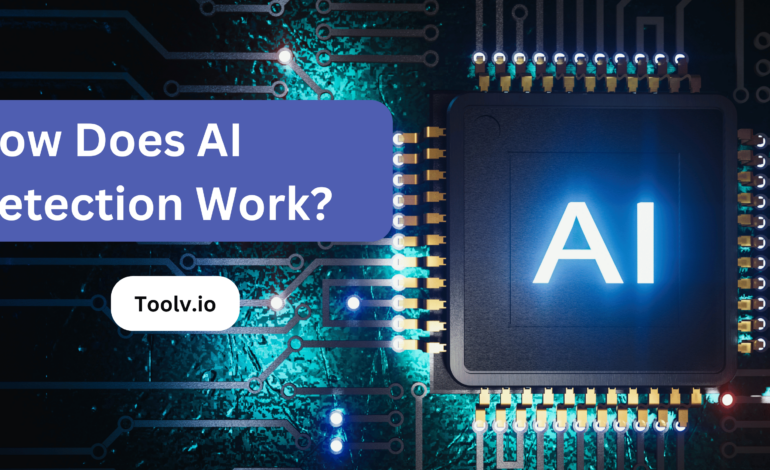
AI detection involves using algorithms to identify and analyze AI-generated content or patterns. This technology is increasingly important as AI becomes more integrated into our daily lives, making it crucial to distinguish between human and machine-generated information.
In this article, we will discuss how AI detection works, the techniques used, and its importance in various industries. We’ll explore the mechanisms that allow these systems to accurately identify AI-generated content and the challenges they face in an ever-evolving digital landscape.
What is AI Detection?
AI detection is about finding and understanding when AI is used. It helps tell if a text, image, or sound was made by AI or a person. This is important because AI is getting really good at creating things that seem real.
With AI detection, we can keep things honest and safe. It checks if the content is made by AI, helping us trust what we see and hear. This way, we know if a story, picture, or message is from a real person or just made by a computer.
In simple terms, AI detection is like a smart detective. It looks closely at content to figure out if a human or a computer made it. This helps everyone know what’s real and what’s not.
How Does AI Detection Work?
AI detection works by analyzing content and looking for signs that it was made by AI. Here’s a simple breakdown of how it works:
- Learning Patterns: AI detection systems learn from lots of data. They study patterns in texts, images, or sounds that humans and AI typically create. By understanding these patterns, the system gets good at telling them apart.
- Checking Details: When AI detection looks at new content, it checks for tiny details. For text, it might look at how words are used together. For images, it might look at how colors and shapes are arranged. These small details can show if it’s likely that a human or AI made the content.
- Making a Decision: After analyzing, the AI detection system decides if the content seems more like it was made by a human or by AI. It’s like a detective putting together clues to solve a mystery. The system uses its learning to make a smart guess about who created the content.
So, AI detection is all about learning patterns, checking details, and making decisions. It’s a tool that helps us understand and trust the content we come across every day.
Key Components of AI Detection
AI detection relies on several key components to accurately figure out if content was created by AI or a human. These components work together to make the detection process reliable and effective:
Data Analysis Algorithms
These are the brains of the operation. They analyze the content, whether it’s text, images, or audio. They look for patterns or anomalies that might indicate AI involvement. These algorithms are trained on large datasets to recognize the subtle differences between human-made and AI-generated content.
Training Data
This is the information used to teach the AI detection system what to look for. It includes examples of both AI-generated and human-created content. The quality and variety of this training data are crucial because they directly impact the system’s ability to make accurate distinctions.
Feature Extraction
This involves identifying specific characteristics of the content that are important for deciding. For text, it might be the syntax or style. For images, it could be texture or consistency. The system analyzes these features to spot signs of AI generation.
Model Evaluation
After the system makes a prediction, it’s important to assess how accurate it is. This involves comparing the system’s decisions against known examples to see how often it’s right. Continuous evaluation helps improve the system, making it smarter over time.
These components form a sophisticated network that works tirelessly to pinpoint the origins of the content we encounter, ensuring transparency and trustworthiness in the digital realm.
The Future of AI Detection
The future of AI detection is about spotting AI-created content. It’s like having a smart friend who can tell what’s made by a machine and what’s by a human. This is really important because AI is getting really good at making things look real.
Companies and experts are working to make AI detection tools better. These tools will help keep things safe and trustworthy on the internet. They will be like a helpful guide, showing us what’s real and what’s not. This way, we can trust the stuff we read and see online.
FAQs
What is AI Detection?
AI detection is a technology that uses artificial intelligence to identify and recognize objects, patterns, or specific information in data, images, videos, or other types of content. It’s like giving a computer the ability to “see” and understand what it’s looking at.
How Does AI Detection Work?
AI detection works by training machine learning models on large datasets. These models learn to recognize patterns and features in the data. For example, in image detection, a model can learn to identify shapes, colors, and textures. When you give it new data, it can make predictions or classifications based on what it has learned.
What Are Some Applications of AI Detection?
AI detection has many practical applications. It’s used in facial recognition for security and authentication, in medical imaging to detect diseases, in self-driving cars to identify objects on the road, and in content moderation to flag inappropriate content on social media platforms.
What Are the Challenges in AI Detection?
AI detection faces challenges such as data quality, bias in training data, and privacy concerns. Ensuring that the AI system works accurately and fairly for all users is an ongoing challenge. Additionally, staying up-to-date with rapidly evolving technology and adapting to new detection tasks can be a hurdle.
Conclusion
AI detection tools work by analyzing patterns and features in the text to recognize if the content is AI-generated. These tools are trained on large datasets, helping them distinguish between human and AI writing styles.
Toolv.io’s paraphrasing tool helps rewrite content, making it fresh and unique. It’s user-friendly and can assist in making writing appear more original, potentially evading detection by AI identification software.

